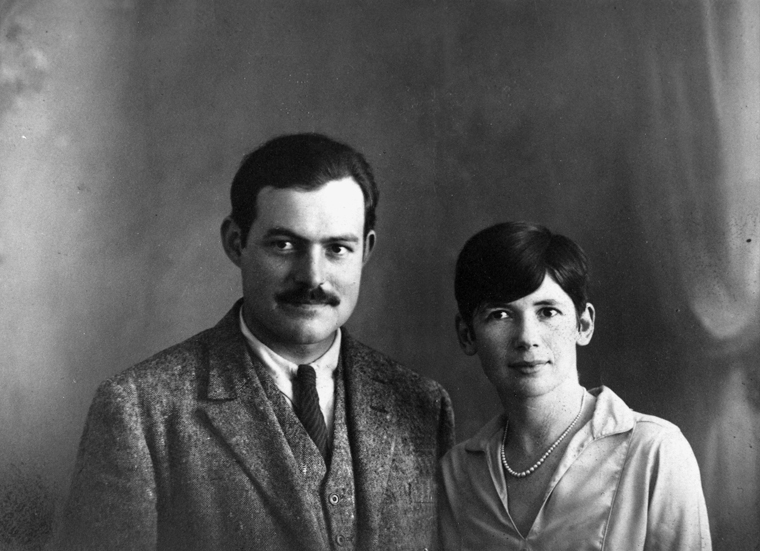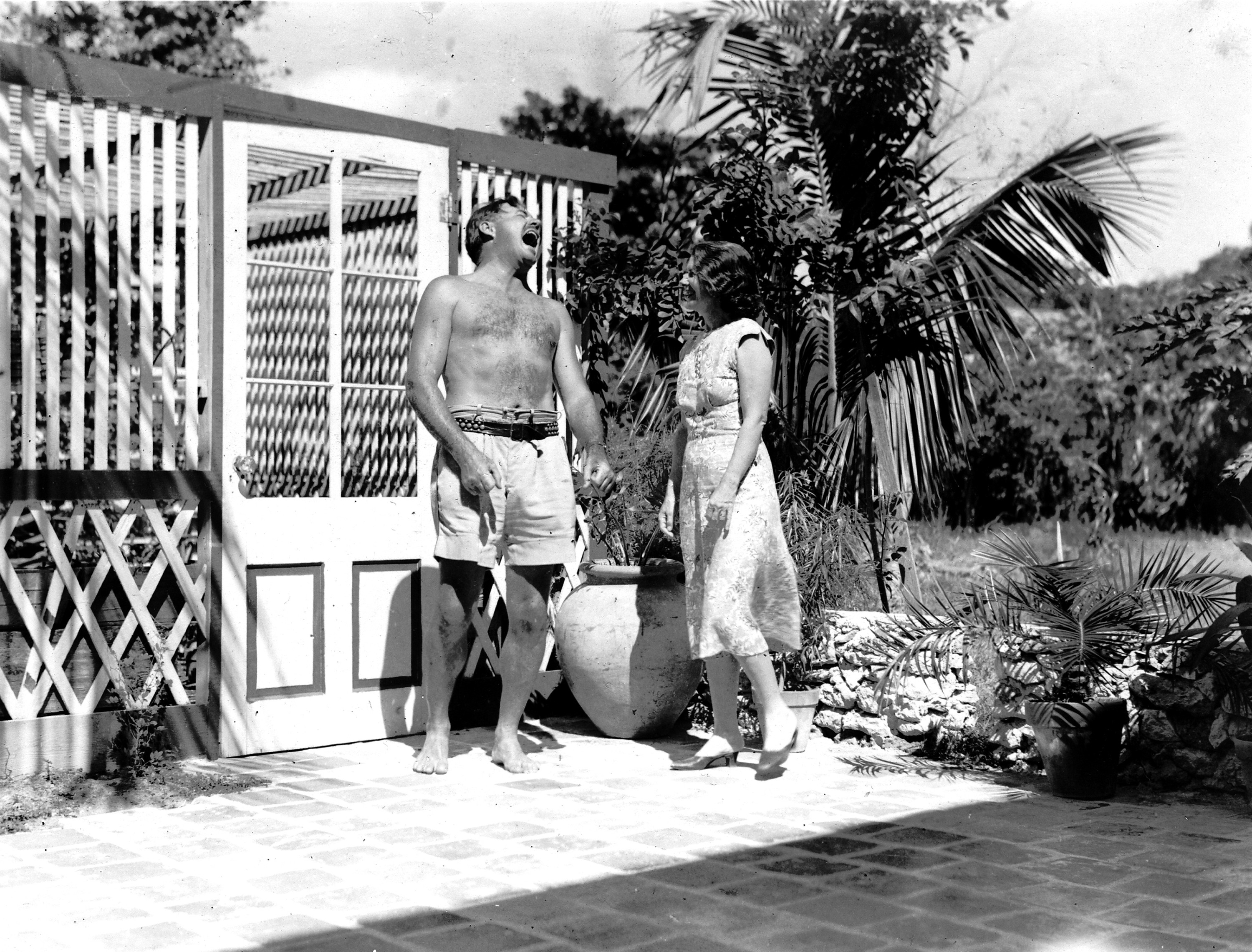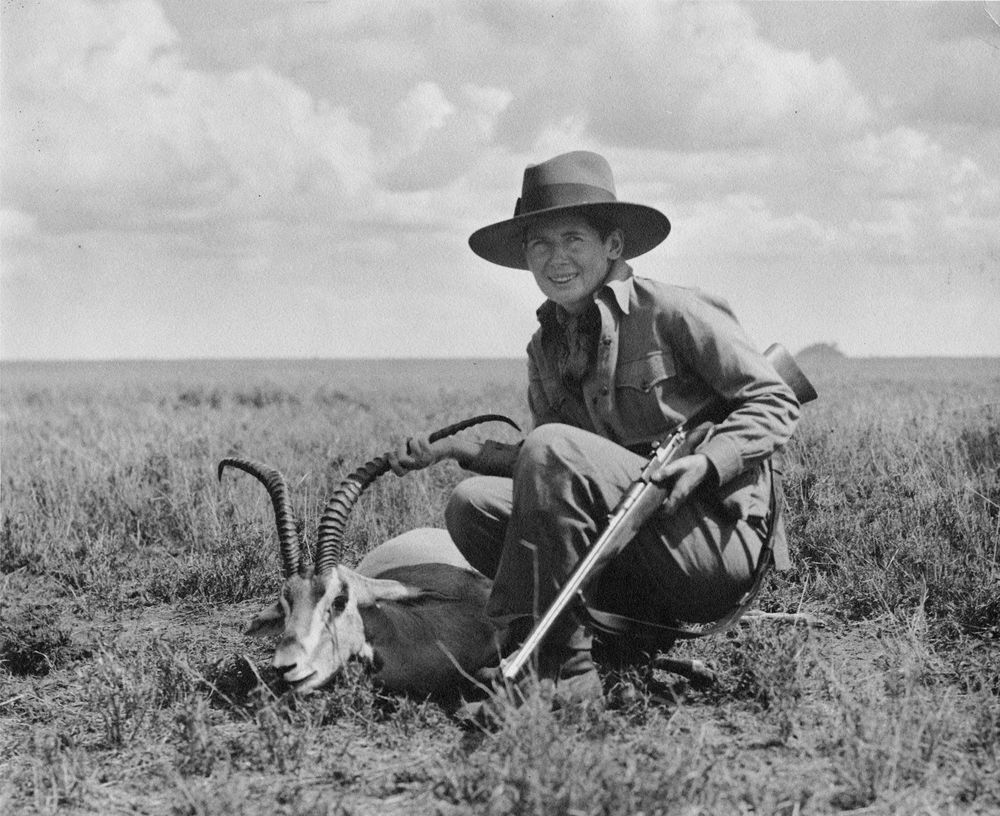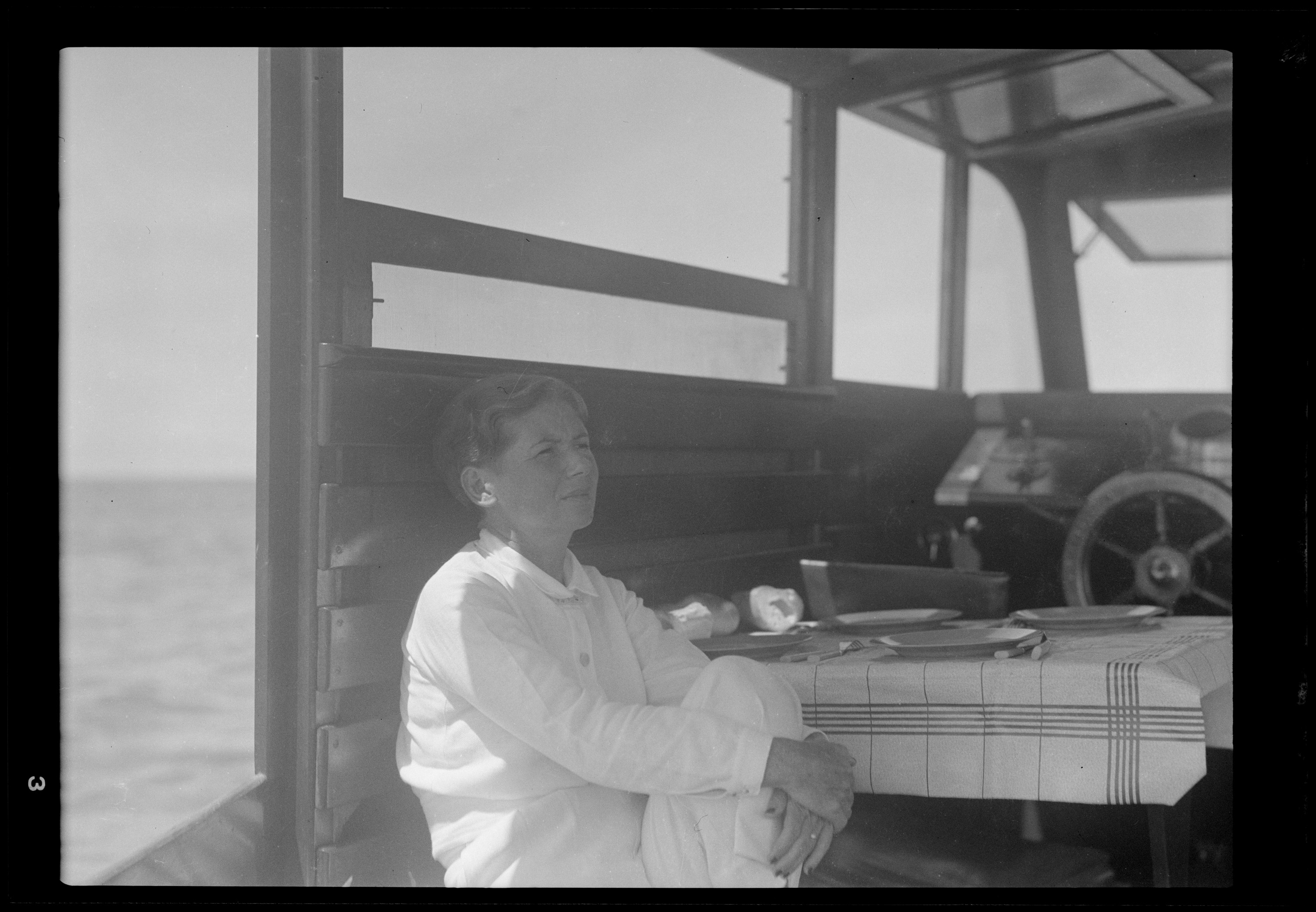Pauline Pfeiffer Hemingway
Dr. Hilary Justice (JFK Library). Updated 11/2023.
Fashion journalist Pauline Marie Pfeiffer (1895-1951) and her sister Virginia (Ginny) (1902-1973) were among the later members of the 1920s Paris expatriate community, arriving in 1925. Soon after they arrived, they were moving in Ernest and Hadley Hemingway's social circle. The four became good friends and traveled together to Austria and Spain.
As Hemingway writes in his Paris memoir, A Moveable Feast, while still in love with his wife Hadley he also fell in love with Pauline.
Hadley picked up on his feelings for Pauline and asked Ernest and Pauline to stay apart, with no contact, for 100 days. After that 100 days, Hadley told them, if they still wished to be together, she would grant Ernest a divorce so they could marry.
Pauline returned to her parents’ home in Piggott, Arkansas, but despite Hadley's "no contact" stipulation, she and Ernest corresponded in secret—just as he had with Agnes von Kurowsky in World War I Italy.
Ernest, who remained in Paris, knew that Pauline’s devoutly Catholic mother was arguing hard against her daughter's breaking up a marriage and family. Ernest also knew that Pauline had a viable alternative for her future: a job offer from Vogue magazine in New York.
He wrote her a powerful letter, declaring that ending a relationship when both people loved each other was like “an abortion,” saying he felt “all shot to hell inside.”
Pauline, persuaded, agreed to marry him. Meanwhile, Hadley, having met her future husband Paul Mowrer, called off the 100 days’ separation and granted Ernest a divorce. Hadley retained custody of their son, John (Bumby); Ernest granted Hadley and their son the rights and royalties to his first major U.S. novel, The Sun Also Rises (1926), in perpetuity.
Pauline sailed for France and married Ernest Hemingway on May 10, 1927.

On their honeymoon in Provence, Hemingway wrote “Hills Like White Elephants” (a story concerning, among other things, an abortion decision). Their honeymoon in the seaside town Le Grau du Roi figures again in the opening scene of The Garden of Eden, as does the walled town of Aigues-Mortes, which Ernest and Pauline visited during their honeymoon.
Pauline and Ernest moved from Paris to Key West, Florida, in 1928. Their home at 907 Whitehead Street, purchased for them by Pauline's wealthy uncle Gustavus (Gus) Pfeiffer (1872-1953), is now a museum and home to descendants of Hemingway’s famous polydactyl cats.

Their first child, Patrick, was born in Kansas City on June 28, 1928.
In 1931, they welcomed their second child, Gregory.
Uncle Gus underwrote their 1933-34 African safari because, he said, he wanted to read the book Hemingway would write about it.

Bythe time of the safari, Hemingway was known to his children and friends as Papa; Pauline appears in the safari memoir Green Hills of Africa as “P.O.M”—Poor Old Mama. Facets of their relationship are refracted through later composite characters as well, including Helen in “The Snows of Kilimanjaro” and both Catherine and Marita in The Garden of Eden.

The Hemingways divorced in 1940, a few weeks prior to Ernest's marriage to Martha Gellhorn.
